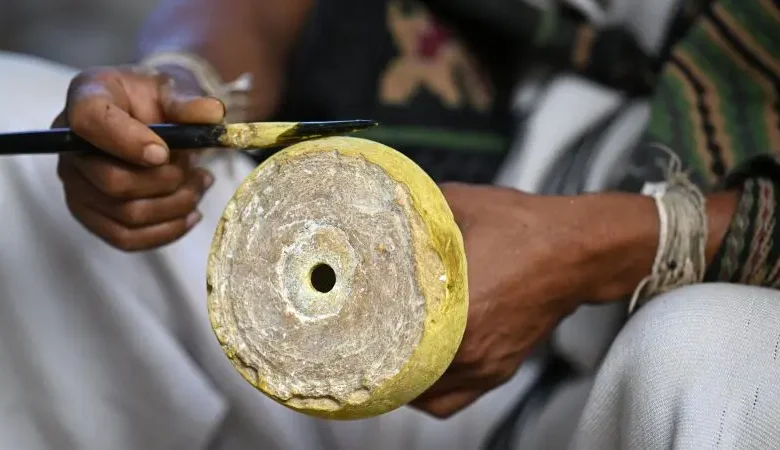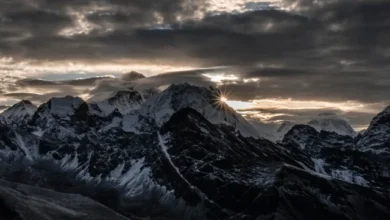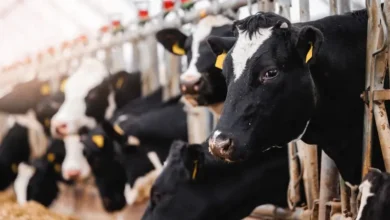Colombia’s indigenous communities struggle with climate change

In the beautiful mountains of Colombia’s Sierra Nevada, Indigenous elders gather under a revered tree, chewing coca leaves while discussing the growing threat to their homeland. The rising temperatures, melting snow-capped peaks, and record heat waves are disrupting the natural balance that the indigenous communities believe is essential too protecting their home.

UNESCO recognized the wisdom of the Sierra Nevada’s diverse Indigenous groups as an important part of the world’s cultural heritage in 2022. However, the devastating impact of climate change on the glaciers and crops in the region can’t be ignored, with only six out of 14 tropical glaciers remaining from the early 20th century.
During the changing climate, the spiritual leaders of the Arhuaco community, known as “mamos,” emphasize the importance of living in harmony with nature to prevent further global warming. The disappearing glaciers, soaring temperatures, and unpredictable weather patterns pose a serious threat to their traditional ways of life and agricultural practices.

Despite the challenges posed by climate change, the Indigenous communities continue to uphold their belief in collective thinking, balance, and connecting with nature. While embracing some modern technologies like cellphones and solar panels, they stress the need to maintain a harmonious relationship with the environment.
However, the environmental crisis is not the only concern for the Indigenous communities as the region faces an increase in drug trafficking and paramilitary activities. The Indigenous leaders call for government support in restoring peace and dialogue to safeguard their sacred mountain and preserve their way of life amidst all these threats.










